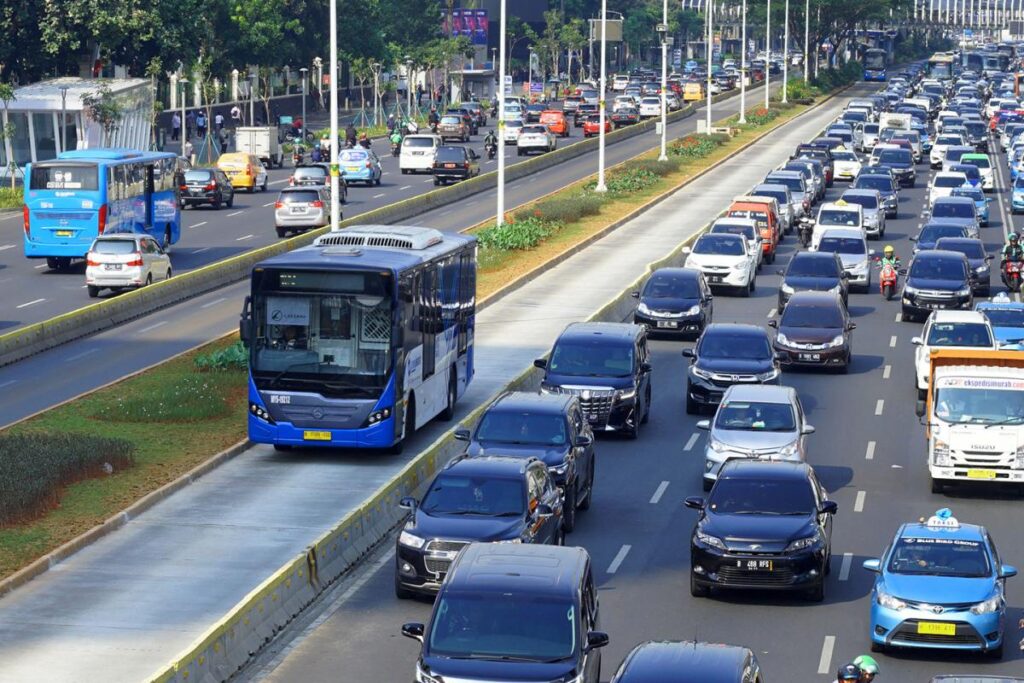In a world facing climate change, urban congestion, and growing populations, sustainable transportation has emerged as a vital solution for a healthier planet and better quality of life. This approach to mobility focuses on reducing environmental impact, conserving energy, and ensuring equitable access to transport for all.
In this article, we’ll explore what sustainable transportation is, why it matters, its benefits, modes, global trends, and how cities and individuals can make the shift.
🚘 What is Sustainable Transportation?
Sustainable transportation refers to any mode of transport that has a low impact on the environment and supports the needs of current and future generations. It balances efficiency, equity, and environmental responsibility, aiming to reduce carbon emissions and reliance on fossil fuels.
Key Characteristics:
- Reduces greenhouse gas emissions
- Minimizes noise and air pollution
- Promotes energy efficiency
- Encourages public and active transport
- Accessible and affordable for all
🌍 Why Is Sustainable Transportation Important?
1. Environmental Benefits

Transportation accounts for nearly 25% of global CO₂ emissions. Sustainable transport methods significantly lower carbon footprints and help combat climate change.
2. Health and Well-being
Walking, cycling, and using clean public transport reduce air pollution and promote physical health. Less traffic also means fewer road accidents.
3. Economic Efficiency
Efficient mass transit and reduced fuel dependency save money for both governments and individuals.
4. Social Inclusion
Accessible transportation ensures mobility for everyone—including low-income groups, the elderly, and those with disabilities.
5. Urban Livability
Sustainable systems reduce traffic congestion, improve urban planning, and make cities more enjoyable to live in.
🚉 Types of Sustainable Transportation
There are several modes that qualify as sustainable. Each plays a vital role in building resilient transport systems:
🚲 Active Transportation
- Examples: Walking, cycling, skateboarding
- Benefits: Zero emissions, health improvement, low cost
- Infrastructure Needed: Bike lanes, pedestrian zones, safe crossings
🚌 Public Transportation
- Examples: Buses, subways, trams, commuter trains
- Benefits: Moves more people with less fuel, reduces car dependence
- Innovations: Electric buses, contactless ticketing, real-time tracking
🚗 Electric and Hybrid Vehicles
- Use electricity or a mix of fuel and battery power
- Reduce or eliminate tailpipe emissions
- Infrastructure Needed: Charging stations, smart grids
🛴 Micromobility
- Examples: E-scooters, shared bikes, electric skateboards
- Ideal for short “last-mile” trips
- Fast, flexible, and often app-based
🚢 Eco-Friendly Freight and Shipping
- Uses rail over trucks, low-emission shipping fuels, and route optimization
- Reduces emissions in cargo and supply chains
🏙️ How Cities Are Promoting Sustainable Transportation
1. Investing in Public Transit

Cities like Seoul, Singapore, and London are expanding rail and bus networks while upgrading them to electric or hybrid systems.
2. Building Bike-Friendly Infrastructure
Cities like Amsterdam and Copenhagen have dedicated bike lanes, parking, and traffic lights for cyclists.
3. Car-Free Zones
Some urban areas are banning cars altogether or introducing congestion charges to discourage private vehicle use.
4. Smart Traffic Management
IoT sensors and AI tools manage traffic flow, reduce idle time, and prioritize buses or emergency vehicles at intersections.
5. Integrated Mobility Systems
Apps and platforms that combine bikes, buses, trains, and taxis into one seamless, bookable system (Mobility as a Service, or MaaS).
♻️ Sustainable Transportation and Climate Goals
Sustainable transport is critical to achieving global climate targets. Organizations like the United Nations, World Bank, and COP summits recognize it as key to reducing carbon emissions and improving urban resilience.
Global Goals Supported:
- Paris Agreement: Limit global warming to below 2°C
- UN Sustainable Development Goals (SDGs): Especially SDG 11 (Sustainable Cities) and SDG 13 (Climate Action)
🧭 How Individuals Can Support Sustainable Transportation
- Choose walking or cycling for short trips
- Use public transport instead of driving alone
- Consider an electric or hybrid vehicle
- Join a carpool or rideshare program
- Advocate for better transit infrastructure in your community
- Support local policies that promote clean transport
Every small decision contributes to a larger movement toward greener, healthier, and more efficient cities.
🚀 Future Trends in Sustainable Transportation
🔋 Electric Revolution
From e-buses to electric aircraft, the electrification of transportation is rapidly advancing.
🌐 Autonomous Vehicles
Self-driving electric cars and shuttles may offer efficient transport with optimized fuel use.
📱 Mobility-as-a-Service (MaaS)
One-stop platforms where users can plan, book, and pay for various transport modes in a single app.
🛤️ High-Speed Rail Expansion
Sustainable intercity travel powered by electric or hydrogen-based high-speed trains.
FAQ’s
1. What exactly does sustainable transportation mean?
Sustainable transportation refers to mobility options that minimize environmental impact, use renewable or efficient energy sources, and provide equitable access while supporting long-term economic and ecological health.
2. How can public transportation be considered sustainable?
Public transport systems like buses, trains, and subways move large numbers of people efficiently, reducing the number of private vehicles on the road and significantly lowering greenhouse gas emissions per passenger.
3. Are electric cars truly sustainable?
Electric vehicles (EVs) are more sustainable than gas-powered cars, especially when charged with renewable energy. They produce zero tailpipe emissions and have lower lifetime emissions despite their battery production footprint.
4. What is micromobility and how does it support sustainable transport?
Micromobility refers to small, often electric vehicles like e-scooters, bicycles, and e-bikes used for short-distance travel. It reduces traffic congestion and pollution while offering affordable and convenient mobility in urban areas.
5. How do bike-friendly cities contribute to sustainability?
Cities that invest in bike lanes, parking, and safety encourage more people to cycle, leading to reduced car usage, better air quality, and healthier populations.
6. What challenges do cities face in implementing sustainable transport systems?
Common challenges include high infrastructure costs, public resistance to change, coordination among agencies, and balancing new tech with existing networks.
7. How does sustainable transportation improve public health?
By reducing air pollution, encouraging physical activity through walking or cycling, and lowering traffic accidents, sustainable transport greatly enhances public health and overall well-being.
8. What role do individuals play in promoting sustainable transportation?
People can contribute by using public transit, walking or cycling more, carpooling, switching to electric vehicles, and supporting policies and initiatives that prioritize clean and accessible transportation.
Conclusion: Moving Toward a Sustainable Future
Sustainable transportation is no longer optional—it’s essential. As cities grow and the planet warms, our mobility systems must evolve to be cleaner, more inclusive, and more efficient. Whether you’re a city planner, a commuter, or a policymaker, embracing sustainable transport means building a smarter, greener future for all. Let’s move together—efficiently, equitably, and sustainably.



















